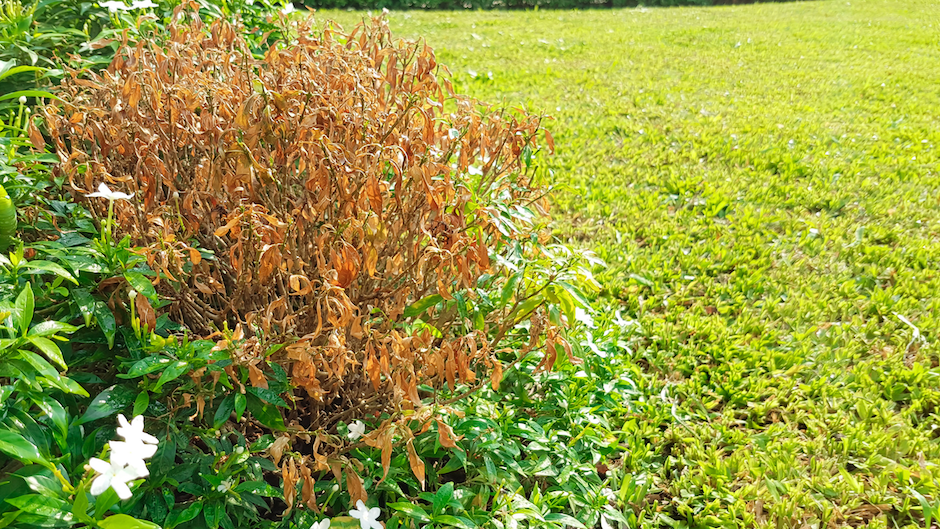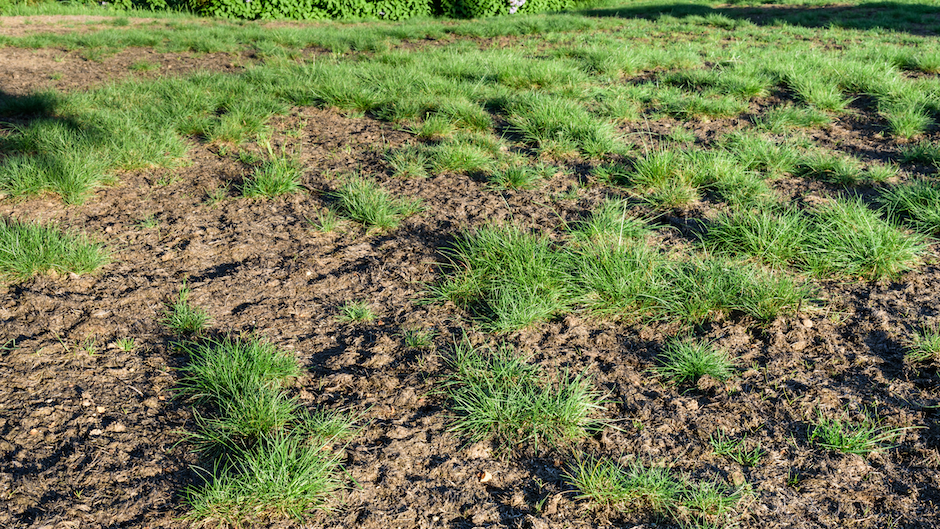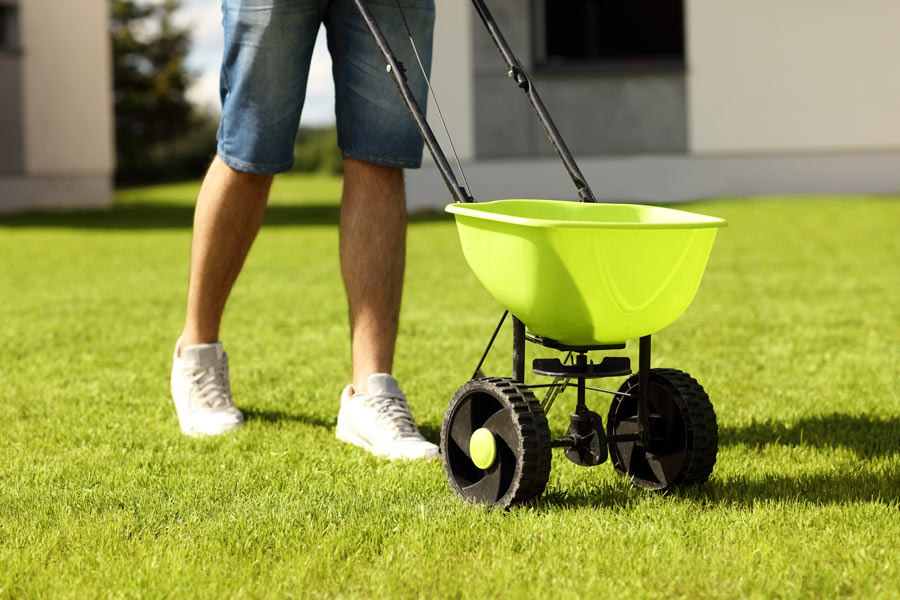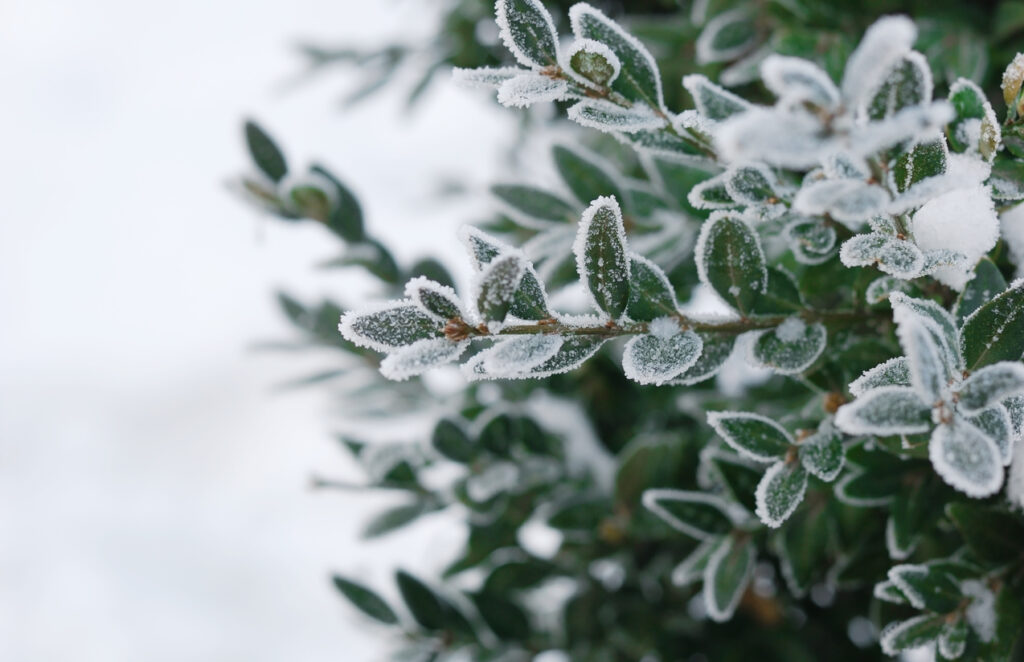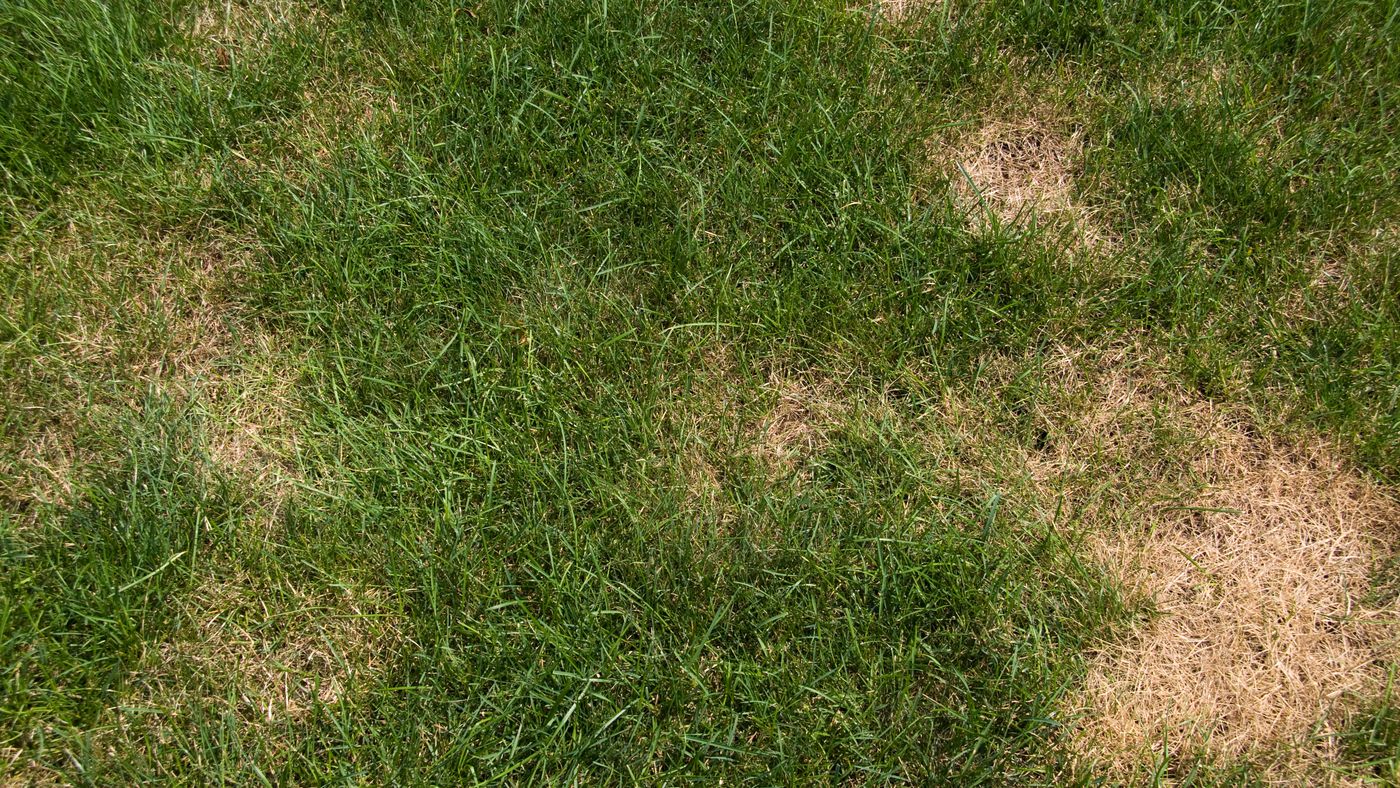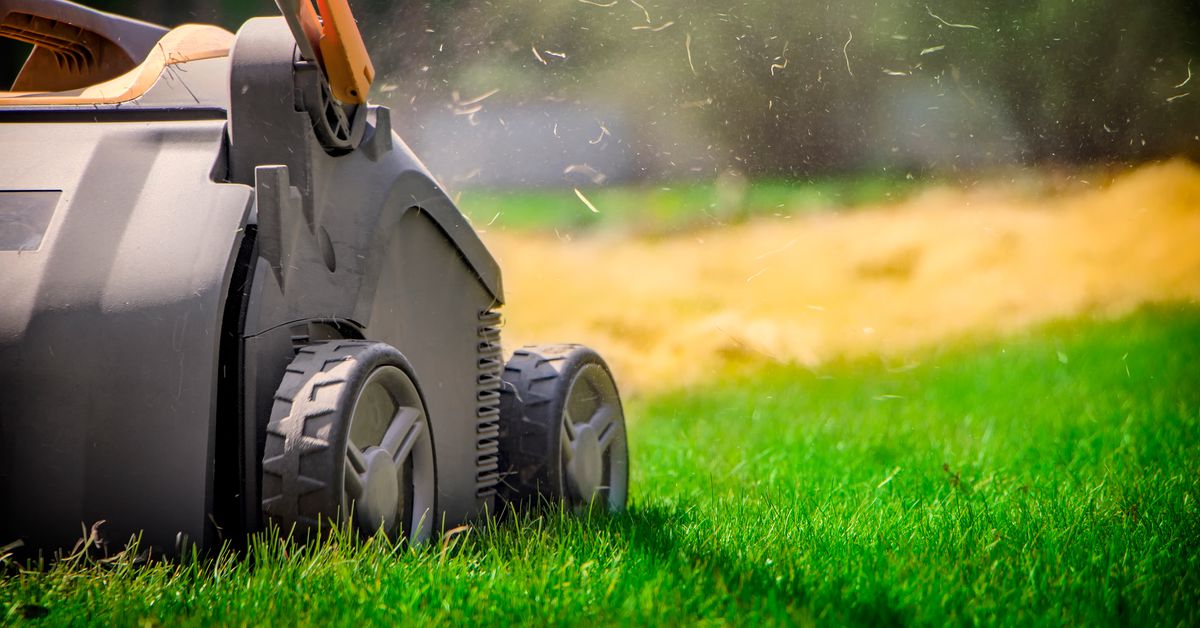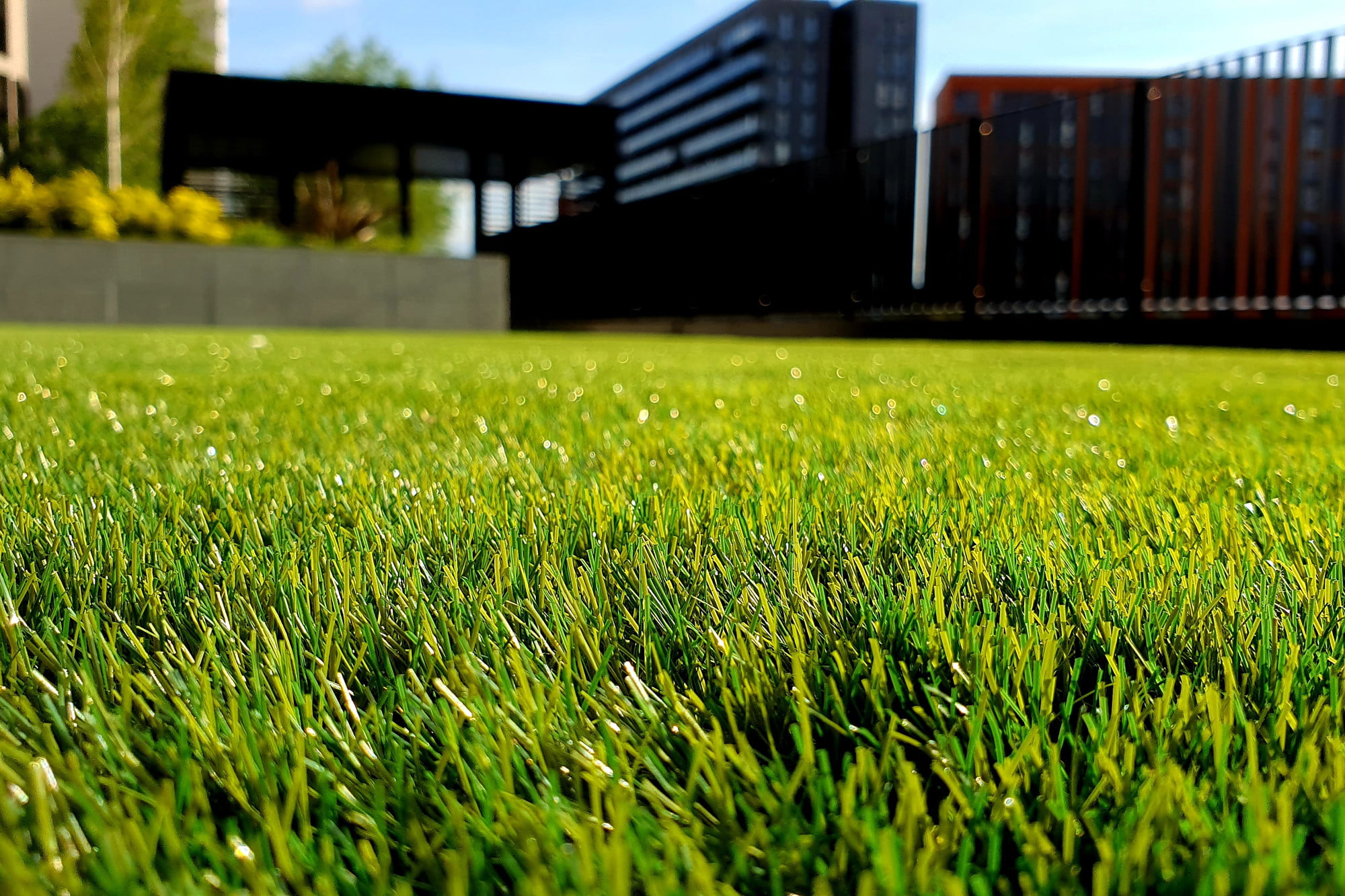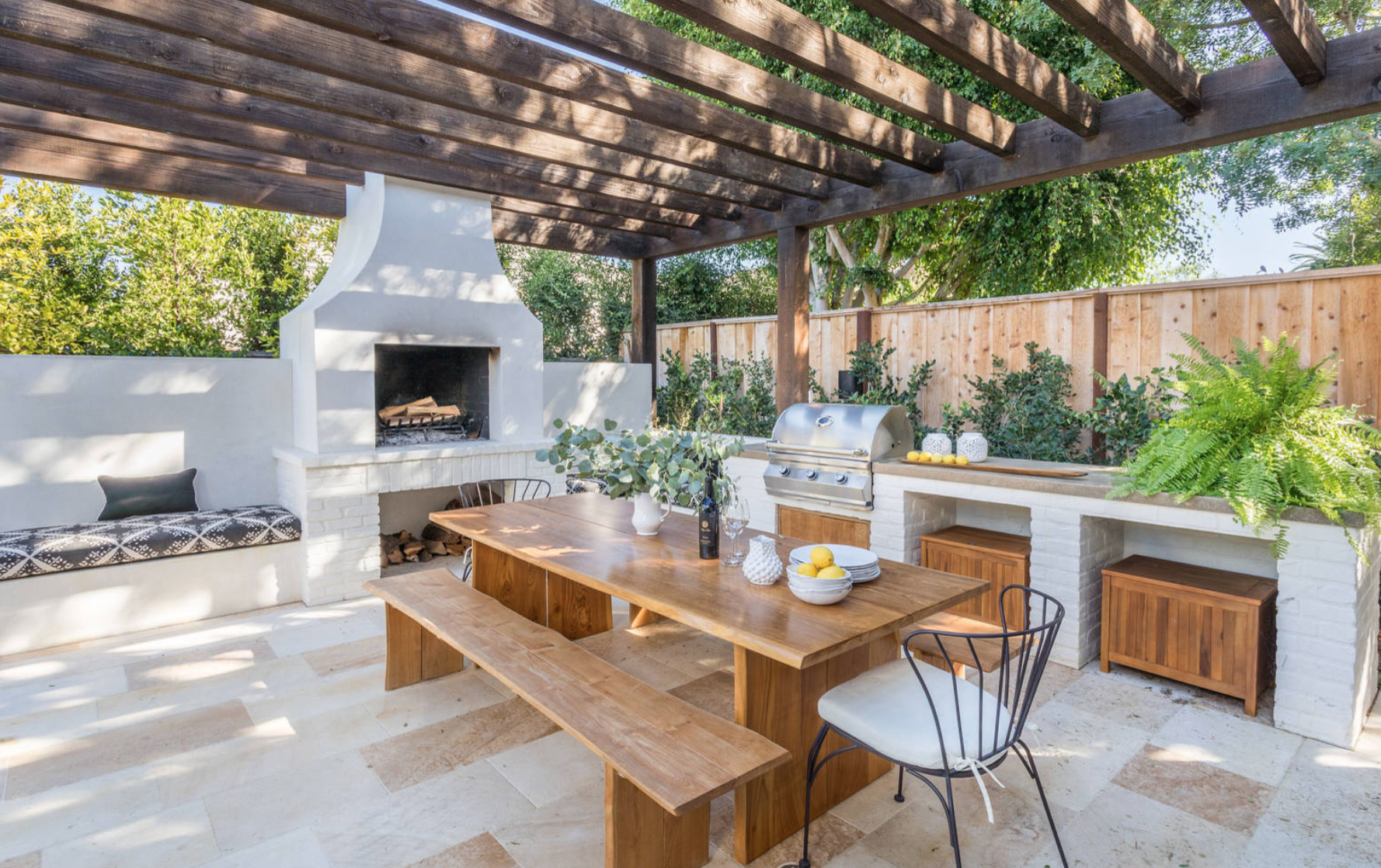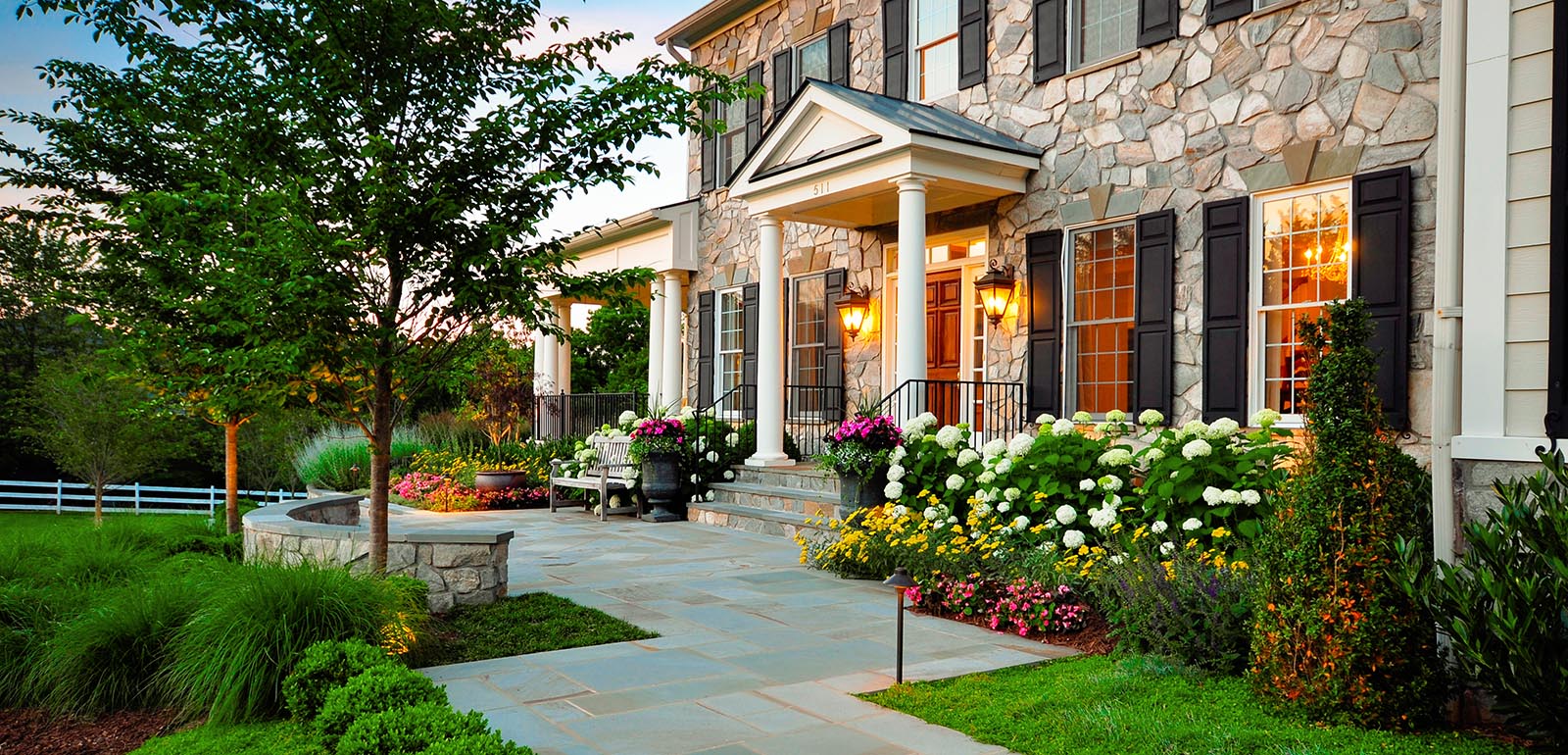03 Mar Is My Lawn Care Treatment Safe for My Pets?
Our pets are always an important factor in every decision we make. When it comes to treating your lawn, it’s important to remember that your pet will be spending time on that lawn. The last thing we want is for your pet to have a reaction to your lawn treatment.
We get that!
The good news is that all of our lawn care treatments at StreamLine Designs are pet-friendly. You can take care of your lawn while also taking care of your pet’s health. We mindfully select all of our treatment options with the intention of being effective and safe.
Check out these details for some added comfort on the subject.
Lawn Care and Pet Safety
The first thing that you should know is not every single lawn care treatment out there is safe. While we offer safe practices, this may not be the case across the board. It is important to know and understand that there are harmful products out there.
In addition, even the safest of products have to be used correctly. This takes some expertise and knowledge of knowing how to properly apply the products. Many times, a professional is trained for this.
If someone were to haphazardly apply a product, no amount of a safe product can prevent potential harm. It is important to confirm that not only safe product is being used but also that the user know the best practice for the application.
Letting the Dogs Out
When your lawn has been treated, it’s not a bad idea to take some safety precautions. It’s never a good idea to let the dogs out immediately after application. This gives them a higher exposure to the product.
The pet coming out immediately after application could also reduce the effectiveness of the treatment. You should plan to give the treatment time to do its work and dry in the treated area.
The typical rule of thumb is to keep the dogs inside or put away for at least 2 hours after the application has been completed.
Pet Protocol
When you hire a company to come in and do a lawn treatment, it’s a good idea to be proactive. Make sure that your professional is aware of your pets. If you know the time that treatment is going to happen, you can let your pets outside shortly before and then put them away.
We are unable to treat a lawn when the pets are out and about.
While most companies do try to be sure gates are closed when they finish, it’s a good idea to double-check this before letting your pets back out.
StreamLine Designs Pet Safety
We make every effort to use safe products when we are treating a lawn. Our products are high-quality selections that are EPA-approved. Our technicians are trained in proper treatment practices and will apply your treatment safely.
When it comes to keeping your pets safe, that is important to use as well. Our treatment approach is designed to give you the best results and we take safety into consideration as well.

